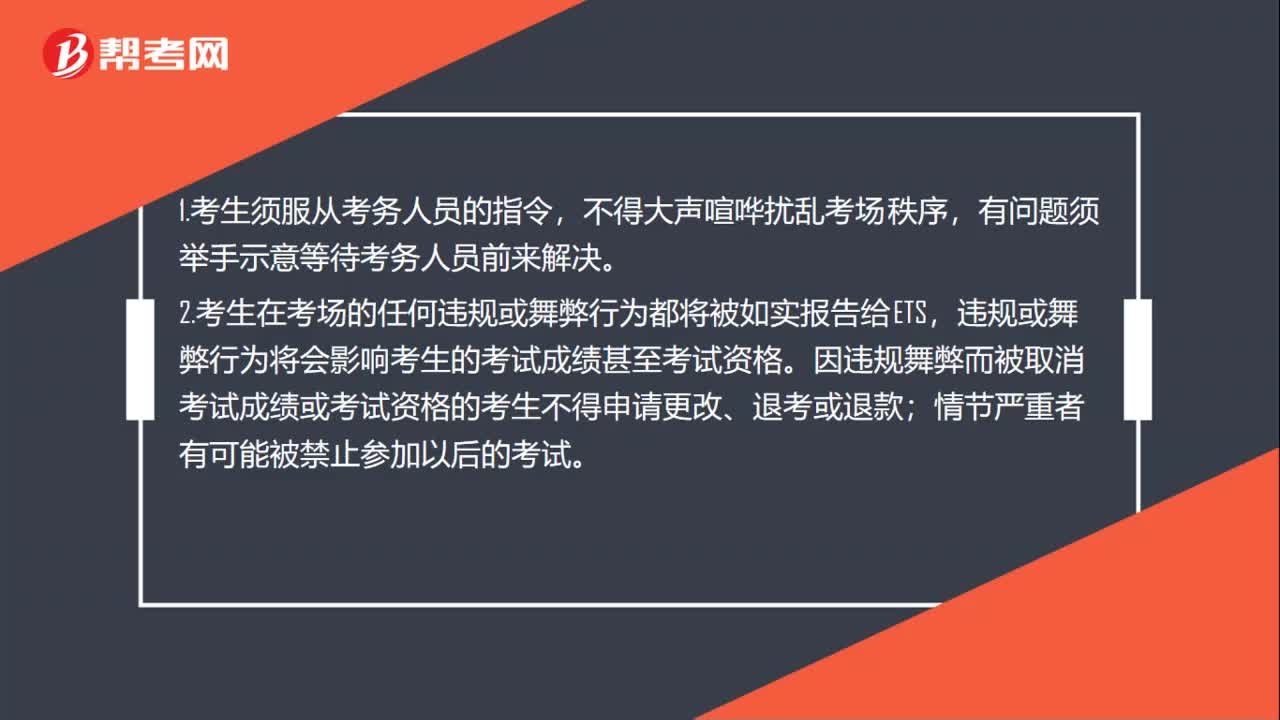
下载亿题库APP
联系电话:400-660-1360

下载亿题库APP
联系电话:400-660-1360

请谨慎保管和记忆你的密码,以免泄露和丢失

请谨慎保管和记忆你的密码,以免泄露和丢失

托福阅读文本:
There are only a few clues in the rock record about climate in the Proterozoic eon. Much of
our information about climate in the more recent periods of geologic history comes from the fossil
record, because we have a reasonably good understanding of the types of environment in which
many fossil organisms flourished. The scarce fossils of the Proterozoic, mostly single-celled
bacteria, provide little evidence in this regard. However, the rocks themselves do include the
earliest evidence for glaciation, probably a global ice age.
The inference that some types of sedimentary rocks are the result of glacial activity is based on
the principle of uniformitarianism, which posits that natural processes now at work on and within
the Earth operated in the same manner in the distant past. The deposits associated with present-day
glaciers have been well studied, and some of their characteristics are quite distinctive. In
2.3-billion-year-old rocks in Canada near Lake Huron (dating from the early part of the
Proterozoic age), there are thin laminae of fine-grained sediments that resemble varves, the annual
layers of sediment deposited in glacial lakes. Typically, present-day varves show two-layered
annual cycle, one layer corresponding to the rapid ice melting and sediment transport of the
summer season, and the other, finer-grained, layer corresponding to slower winter deposition.
Although it is not easy to discern such details in the Proterozoic examples, they are almost
certainly glacial varves. These fine-grained, layered sediments even contain occasional large
pebbles or "dropstones," a characteristic feature of glacial environments where coarse material is
sometimes carried on floating ice and dropped far from its source, into otherwise very fine grained
sediment. Glacial sediments of about the same age as those in Canada have been found in other
parts of North America and in Africa, India, and Europe. This indicates that the glaciation was
global, and that for a period of time in the early Proterozoic the Earth was gripped in an ice age.
Following the early Proterozoic glaciation, however, the climate appears to have been fairly
benign for a very long time. There is no evidence for glaciation for the next 1.5 billion years or so.
Then, suddenly, the rock record indicates a series of glacial episodes between about 850 and 600
million year ago, near the end of the Proterozoic eon.
托福阅读题目:
1. Which of the following does the passage mainly discuss?
(A) How patterns in rock layers have been used to construct theories about the climate of the
Proterozoic age
(B) What some rare fossils indicate about glacial conditions during the late Proterozoic age
(C) The varying characteristics of Proterozoic glacial varves in different parts of the world
(D) The number of glacial episodes that the Earth has experienced since the Proterozoic age
2.According to the passage , the fossil record of the Proterozoic eon is
(A) highly regarded because it preserves the remains of many kinds of organisms
(B) less informative than the fossil record of more recent periods
(C) very difficult to interpret due to damage from bacteria
(D) more useful to researchers than otheraspects of the rock record
3. The word "scarce" in line 4 is closest in meaning to
(A) ancient
(B) tiny
(C) available
(D) rare
4. It can be inferred from the passage that the principle of uniformitarianism indicates that
(A) similar conditions produce similar rock formations
(B) rock layers in a given region remain undisturbed over time
(C) different kinds of sedimentary rocks may have similar origins
(D) each continent has its own distinctive pattern of sediment layers
5. The word "resemble" in line 14 is closest in meaning to
(A) result from
(B) penetrate
(C) look like
(D) replace have similar origins
6.According to the passage , the layers in varves are primarily formed by
(A) fossilized bacteria
(B) pieces of ancient dropstones
(C) a combination of ancient and recent sediments
(D) annual cycles of sediment transport and deposition
7. The phrase "the other" in line 17 refers to another
(A) annual cycle
(B) glacial lake
(C) layer of sediment
(D) season
8.According to the passage , the presence of dropstones indicates that
(A) the glacial environment has been unusually servere
(B) the fine-grained sediment has built up very slowly
(C) there has been a global ice age
(D) coarse rock material has been carried great distances
9. Why does the author mention Canada, North America,Africa, India, and Europe in lines 23-24?
(A) To demonstrate the global spread of dropstones
(B) To explain the principles of varve formation
(C) To provide evidence for the theory that there was a global ice age in the early Proterozoic eon
(D) To illustrate the varied climatic changes of the Proterozoic eon in different parts of the globe
10. Which of the following terms is defined in the passage ?
(A) fossil record (line 3)
(B) laminae (line 13)
(C) varves (line14)
(D) glacial episodes (line 28)
托福阅读答案:
ABDAC DCCCC
 22
22托福考试中能否取消考试成绩?:托福考试中能否取消考试成绩?考生可以在考试结束之前选择取消本次成绩,至此考生本人和申请的学校都将无法查询成绩,也不会收到成绩单。考试结束后则不能再取消成绩。
 32
32托福考试如何计分?:托福考试如何计分?托福考试的四个环节,分数由电脑自动生成和人工评分(经过专业培训的权威人士)两部分组成,确保分数的公平及准确性。只有托福考试采用这种多人评分机制,通过不记名方式,由多名接受过严格培训的考官予以评分,过程经过质量监控,达到高标准的公平性与客观性。
 43
43托福考试的考场规则是什么?:托福考试的考场规则是什么?1.考生须服从考务人员的指令,不得大声喧哗扰乱考场秩序,有问题须举手示意等待考务人员前来解决。2.考生在考场的任何违规或舞弊行为都将被如实报告给ETS,违规或舞弊行为将会影响考生的考试成绩甚至考试资格。因违规舞弊而被取消考试成绩或考试资格的考生不得申请更改、退考或退款;情节严重者有可能被禁止参加以后的考试。